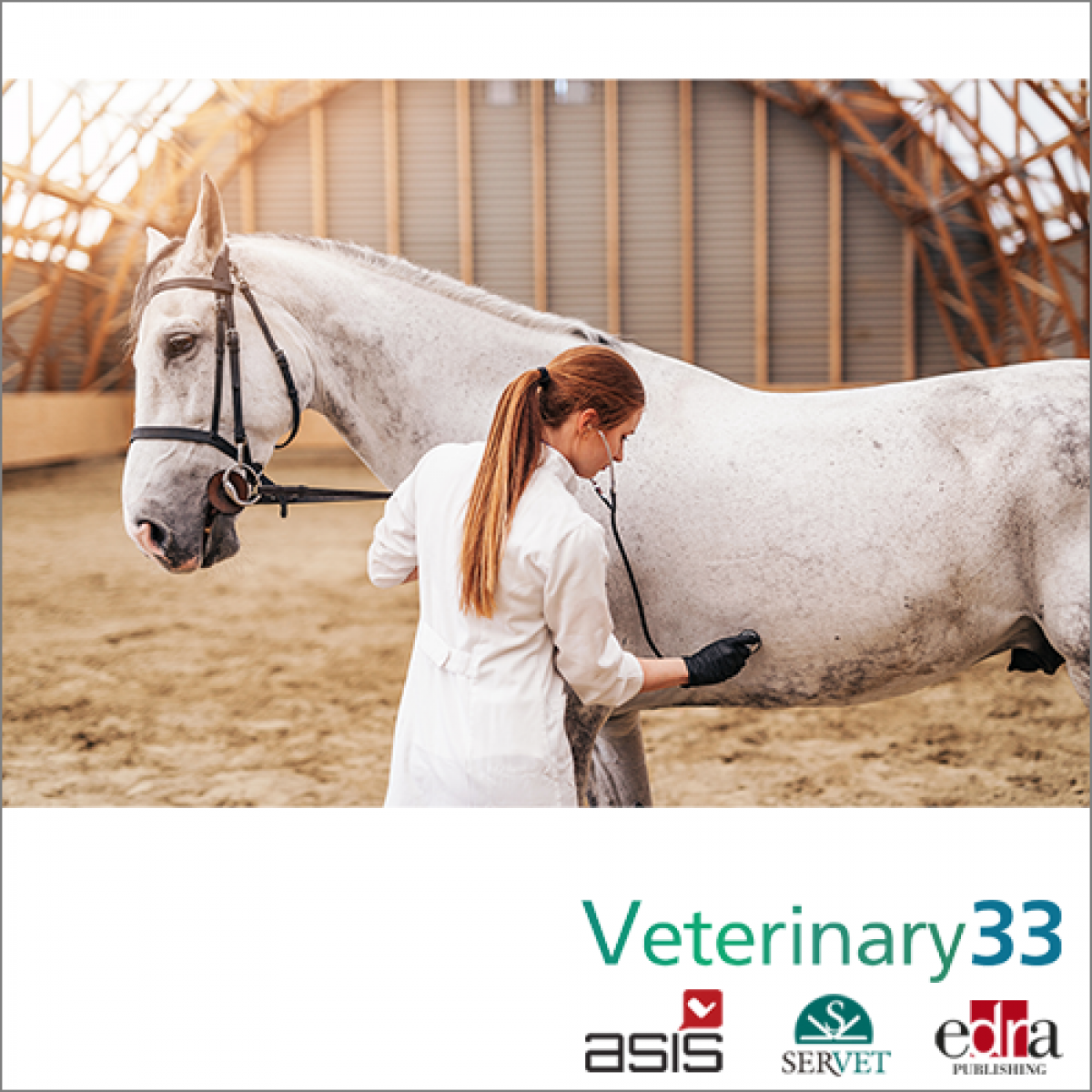Surgical removal of intestinal foreign bodies using a laparotomy-assisted endoscopic approach in dogs, cats
In this study, researchers aimed to describe a novel surgical technique for intestinal foreign body removal without enterotomy using a laparotomy-assisted endoscopic approach, comparing short-term outcomes to enterotomy.
Researchers analyzed medical records of dogs and cats with intestinal foreign bodies that underwent attempted treatment with a laparotomy-assisted endoscopic approach between June 2019 to July 2021. The approach used was maneuvering the intestinal foreign body into the stomach during laparotomy and then removing it via a gastroscopy. If the foreign body was unmovable, an enterotomy was performed.
The research team enrolled 58 cases in the study. Foreign bodies were successfully removed by medical teams in 25 cases using a laparotomy-assisted endoscopic approach.
The median distance between the pylorus and the proximal part of the foreign body was 55 cm (range: 0 to 300). The mean surgical time and median endoscopic time were 49 minutes (±sd 12.8) and 5 minutes (range: 2 to 28), respectively.
All but two cases were discharged by veterinarians one day postoperatively. In 20 cases, the foreign body was not easily movable, and an enterotomy was performed. In three of these cases, conversion to enterotomy was required due to serosal tears that occurred because of the attempted retrograde manipulation of the foreign body. Foreign body width, length and distance to pylorus were not significantly different between the two techniques. Mean surgical time was significantly shorter for laparotomy-assisted endoscopic approach compared to enterotomy: 49 minutes (±SD 12.8) versus 61.7 minutes (±SD 14.6).
In conclusion, surgical removal of intestinal foreign bodies through a laparotomy-assisted endoscopic approach is a feasible technique that offers satisfactory outcomes and shorter surgical time than enterotomy. Retrograde manipulation of the intestinal foreign body may result in serosal tears.
C Demars, et al. “Surgical removal of intestinal foreign bodies using a laparotomy-assisted endoscopic approach in dogs and cats and comparison with enterotomy.” J Small Anim Pract. 2022 Oct 27. doi: 10.1111/jsap.13550.














List
Add
Please enter a comment